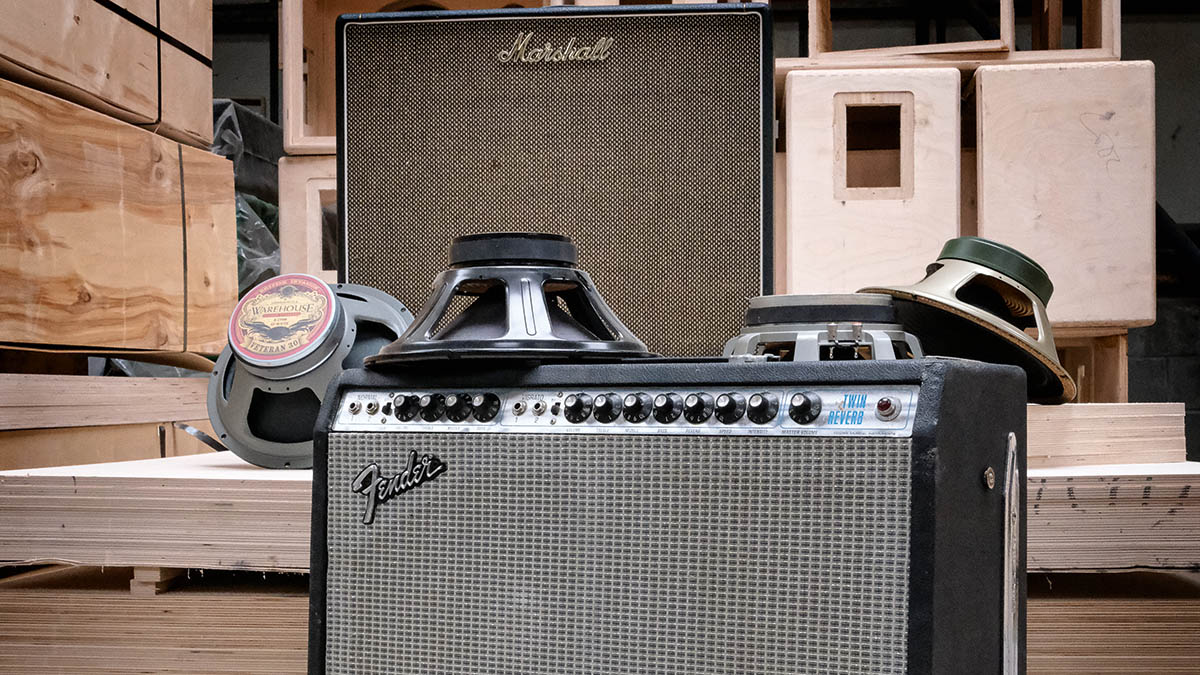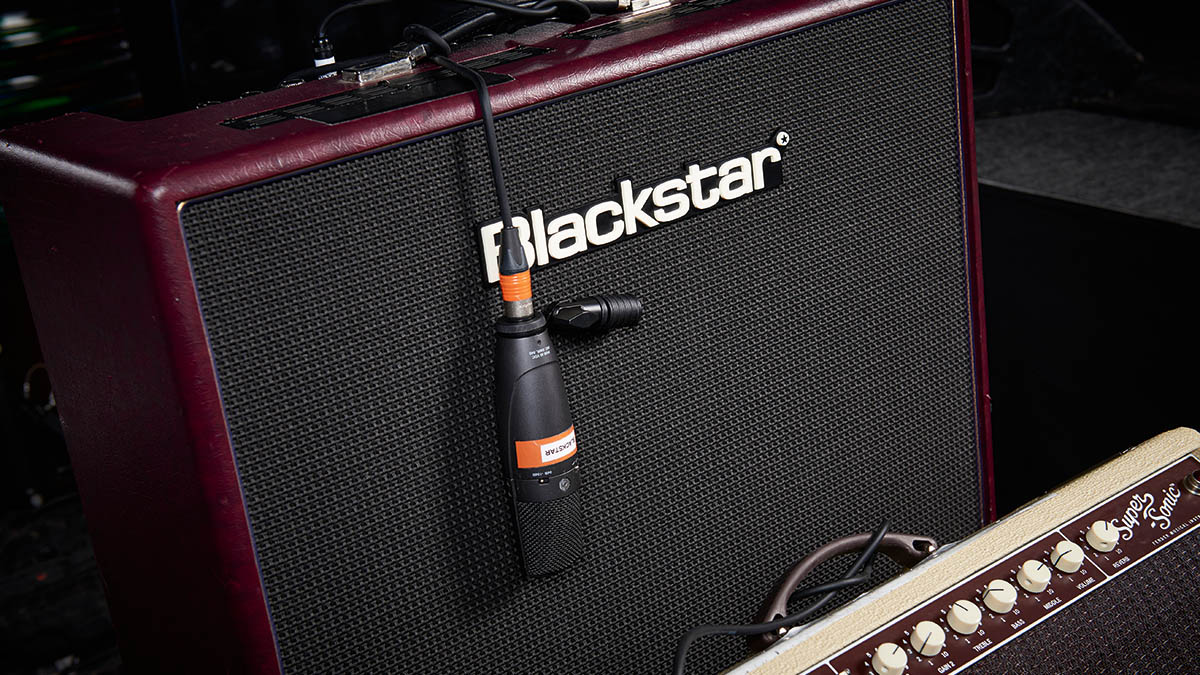
Stereotypes are largely something to be avoided. Even identifying general trends requires context, but in the speaker world we often refer to two groups: American- and British-voiced speakers. Here, we’ll look at whether this is a lazy identifier and if we can add some meat to the bone instead.
I’m from the North of England, and although I do like pigeons, I don’t have a whippet or a flat cap. We’ve all seen marketing campaigns where ‘Britishness’ invokes imagery of a three-piece suit, bowler hat and a cup of tea, while the American side has a cowboy hat and someone trying not to fall off an angry cow.
If we translate this stereotype to speakers, and therefore music, it means British speakers must be great for classical music and US-made speakers great for country. But there has to be more to it than this. Granted, I may be pushing things a little bit to make a point here, but I bet I’m not too far off what many of you were thinking, and I don’t think our description of American and British voicing of speakers walks a wholly different path, either.
I think the two perceptions of different voicings come, like a lot of things in electric guitar, from the early days of the late ’50s and ’60s, and to break things down even further, from Marshall and Fender amps. When I’m made to think of the two voicings, my understanding is that the American side essentially means a Fender combo-type sound.
Now, that is a big enough envelope in itself, but in general terms I think of a more open, ambient sound, not too focused on the low-end and a bit more ‘twangy’ (unless you’re Stranger Things’ Eddie Munson, you don’t tend to play thrash metal on a silver-panel combo). The British-voiced speakers, meanwhile, are ones we’d most likely find in a 4x12.

What can muddy the waters further is when brands that are mostly known for manufacturing British-voiced speakers make their own American-voiced speakers, marketed as great for a Fender combo. Likewise, there can be confusion when companies known for more American-voiced speakers make British-voiced speakers that are essentially their take on the Celestion Greenback, the most British speaker of them all.
The next part is something I am a little guilty of, too. When I think of Fender combos, and therefore more American-toned/voiced speakers, I mostly think of Jensen speakers because these are what Fender predominantly used. This isn’t to say I don’t love EVs and JBLs in a Fender combo – they are up there with my favourites – but Jensen is a well-known supplier of speakers to Fender and has been for years.
The company is also well known for a range of speakers that are perfect for more vintage tones. The fact is, there are models that are so good in their own right, they don’t deserve to be pigeonholed – they are just really good.
The bit that can be problematic is if we start to associate these loose trends of American-voiced speakers with American-made speakers. The main issue here is that I find a large proportion of modern American-made speakers sound darker than their UK equivalents, which in itself is not a problem – they can sound really good.
But if we start to blur our ideas of American-voiced speakers being open-sounding and more well suited to slightly brighter guitar sounds with what we think American-made speakers should sound like, then we could start to find ourselves getting in some trouble, tonally speaking.
Mixing two very British-voiced speakers in an iconic American amp can result in something very pleasing
Not to throw too big a spanner in the works, but my favourite replacement speakers for a Fender Twin are the Celestion G12-65 and the Fane A90, both UK-made speakers, which demonstrates that mixing two very British-voiced speakers in an iconic American amp can result in something very pleasing and something that even I may have been put off from doing as on paper I should have started with something quite different.
This all leads me to think we should use the idea of British- and American-voiced speakers a little less than we probably do. After all, Jensens are made in Italy, and some of Celestion’s biggest-selling speakers are made in China, as are the majority of speaker chassis and magnets – despite the number of speaker-component manufacturers worldwide.







